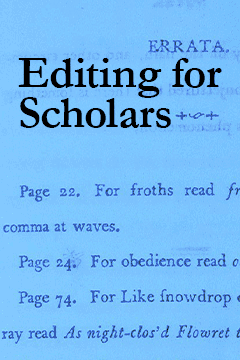Rio’s “Favelas”: The Rural Slum Within a City
Rio’s “Favelas”: The Rural Slum Within a City
Until mid-June of 1961 when Life magazine’s millions of readers saw Gordon Parks’s photographic essay on poverty in Rio’s hillside slums (favelas), the American image of the life of Rio’s poor was based largely on Marcel Camus’ moving film fantasy, Black Orpheus. Camus’ movie fully exploits the magnificent scenic backdrop provided by the city as well as the exuberant sound and color of carnival. His favelados are a race of handsome blacks, who within the heart of a modern city manage to retain a natural, almost bucolic way of life. They are sleek and carefree, full of boundless energy and rhythm, with an unfettered zest for life. By contrast, Parks’s favela family is a proto-human band, weakened by chronic illness, callously indifferent to each other’s suffering, living in a monotone degradation punctuated only by flashes of violence.
No one can quarrel with the artist’s right to select and blend what he ...
Subscribe now to read the full article
Online OnlyFor just $19.95 a year, get access to new issues and decades' worth of archives on our site.
|
Print + OnlineFor $35 a year, get new issues delivered to your door and access to our full online archives.
|




